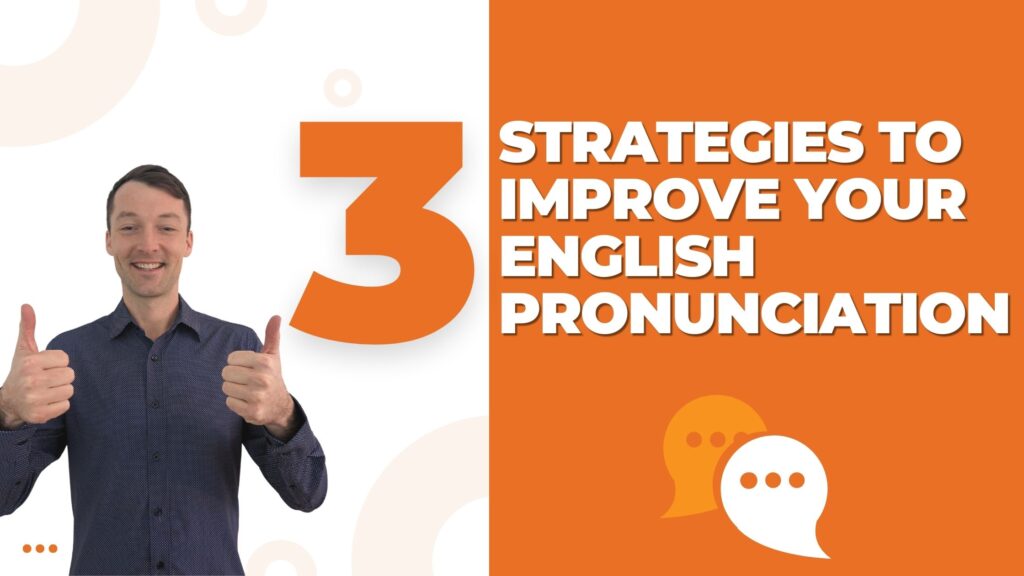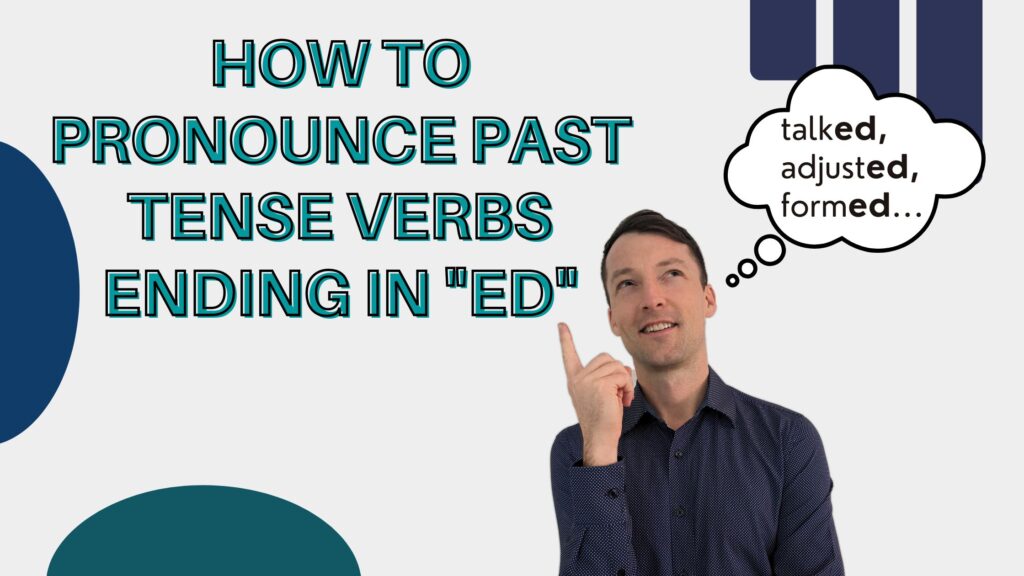We form infinitives by combining to with the base form of the verb (to work). In this posting I talk about 6 ways to use infinitives. There will be many example sentences. The download at the end will give you more practice understanding and using infinitives.
What are infinitives?
To form infinitives, use this formula: to + base form of the verb. Here are some examples: to live, to play, to eat. There are 6 ways that we can use infinitives. We will look at each way.
Infinitives after certain verbs
Infinitives commonly follow certain verbs. Here is a partial list of verbs that take infinitives. Following the list you will see some example sentences.
afford, agree, appear, attempt, begin, choose, decide, demand, deserve, expect, fail, forget, hate, hesitate, hope, intend, know how, learn, like, manage, need, offer, plan, prefer, prepare, pretend, promise, refuse, regret, remember, seem, start, try, volunteer, want, wish
- I can’t afford to buy a new car now.

- She thinks she deserves to get a large raise in salary.

- Do you expect to receive your order today?

- They failed to pass all their classes.

- He hopes to be home by Thursday.

- She doesn’t know how to drive.

- I like to bake.

- We plan to visit Hawaii soon.

- Did you remember to water the plants?

- They wished to transfer to a new department.

Infinitives after certain expressions using ” It is”
We also use infinitives after certain expressions using the words “It is” or “It was.” Here is the formula:
it + be + infinitive. Look at these example sentences.
This word the same way for the past tense with the verb be.
Infinitives after certain adjectives
Infinitives can, in addition, often follow certain adjectives. These adjectives often follow the be verb. Here is a partial list of adjectives that take infinitives. After the list, you will see some example sentences.
disappointed, glad, sad, happy, anxious, pleased, surprised, proud, unhappy, able, unable, due, eager, likely, unlikely, ready, prepared, willing, unwilling, difficult, easy, possible, impossible, hard, kind, right, wrong, nice, silly, foolish
- I was disappointed to not get a promotion.

- She was happy to finally meet her new neighbors.

- It is unlikely to snow in July.

- I am unwilling to break the law to get money.

- It is impossible to breathe under water.

- He was foolish to try to cheat on his taxes.

Using infinitives after certain adverbs
We can also use infinitives after the adverbs too and enough, as long as they modify and adjective. Look at these examples.
Infinitives can function as nouns.
Infinitives can function, as well. as nouns in a sentence. They can be subjects, complements, or objects, just like any other noun. Here are some examples.
- To retire to a tropical island is my dream.
 The infinitive is the subject of the sentence.
The infinitive is the subject of the sentence. - To know him is to love him.
 There are two infinitives in this sentence. The first one is the subject of the sentence. The second one is a complement.
There are two infinitives in this sentence. The first one is the subject of the sentence. The second one is a complement. - I want to watch TV.
 The infinitive is the direct object of the sentence.
The infinitive is the direct object of the sentence.
Sometimes infinitives can take objects of their own.
We hope to find the person who cause the accident. ![]() The person who caused the accident is the object of the infinitive.
The person who caused the accident is the object of the infinitive.
Using infinitives to show a purpose
When we use infinitives to show a purpose, we use the words to or in order to.
- I use coupons to save money.
 My purpose in using coupons is saving money.
My purpose in using coupons is saving money. - I use coupons in order to save money.
 The meaning of the sentence is the same.
The meaning of the sentence is the same. - In order to save money, I use coupons.
 The infinitive can go at the beginning or at the end of the sentence.
The infinitive can go at the beginning or at the end of the sentence. - I use my smartphone to take pictures.
 Taking pictures is the purpose of my smartphone.
Taking pictures is the purpose of my smartphone. - To find the best price for the car he wanted, Bob used the internet.
 The purpose was to find the best price.
The purpose was to find the best price. - Bob used the internet to find the best price for the car he wanted.
 See note above.
See note above.
You now know that infinitives are formed with the word to and the base form of the verb. In addition, we can use infinitives in 6 different ways: after certain verbs, after many expressions beginning with it is, after many adjectives, after the adverbs too and enough if they modify an adjective, and, finally, to show a purpose. The download will give you additional practice understanding and using infinitives.
Idioms of the day
- to pay through the nose
 — This means to pay an unreasonably high price for something. My car was totaled in an accident, and I had to buy a new one. Unfortunately there were no sales, so I had to pay through the nose for my new car.
— This means to pay an unreasonably high price for something. My car was totaled in an accident, and I had to buy a new one. Unfortunately there were no sales, so I had to pay through the nose for my new car. - a sitting duck
 –This means a very easy target. We need to get a better security system. I don’t want to be a sitting duck for a robber.
–This means a very easy target. We need to get a better security system. I don’t want to be a sitting duck for a robber.





